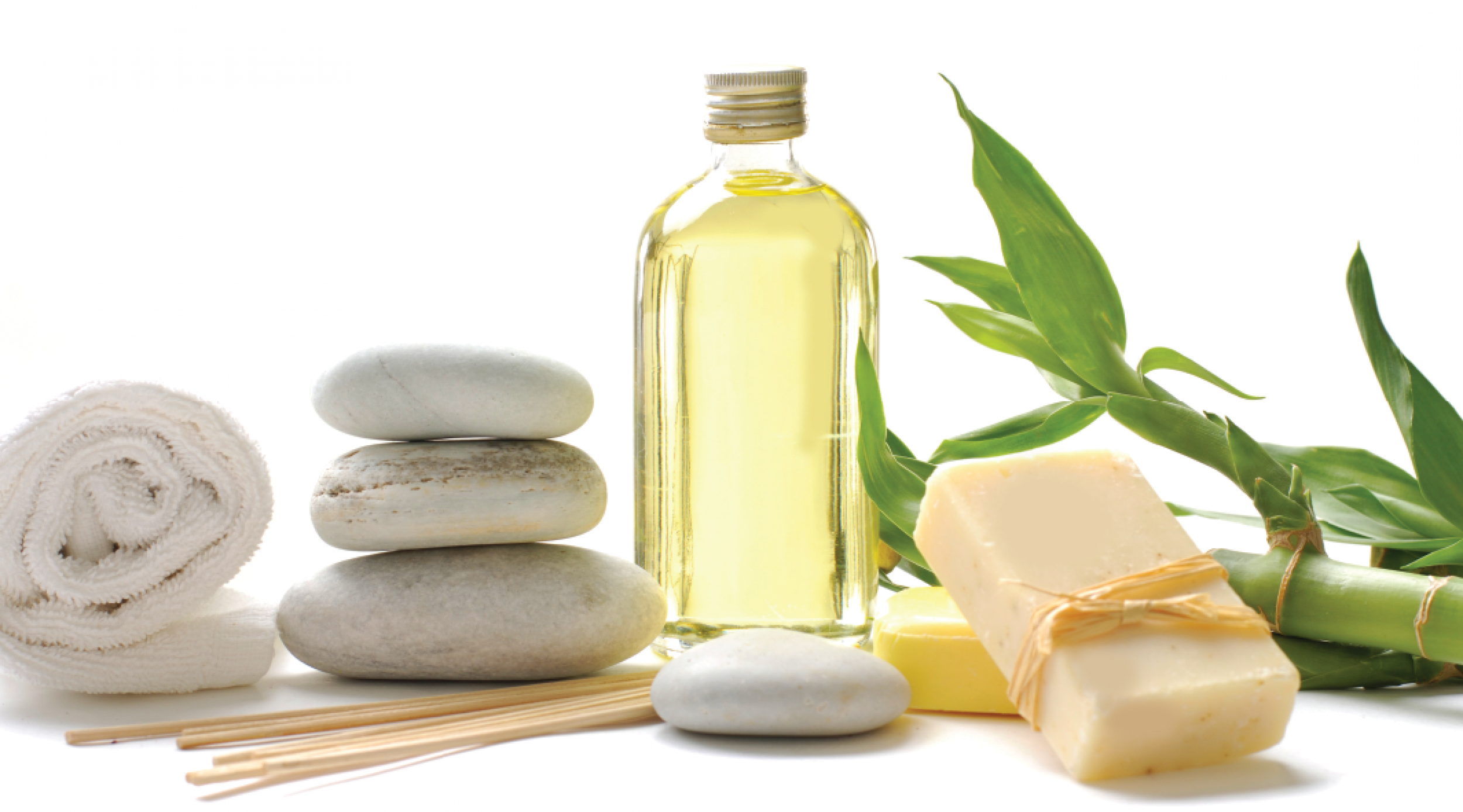The Launceston Massage Centre Massage.
Massage is perhaps one of the oldest healing traditions. Many cultures – including the Ancient Greeks, Egyptians, Chinese and Indians – were convinced of the therapeutic properties of massage and used it to treat a variety of ailments.
Massage is the use of the hands to manipulate the soft tissue of the body to reduce muscle tension, maintain flexibility and improve circulation. Massage is especially effective in breaking compensatory pain postures and patterns. For example, a tension headache is often self-sustaining because the pain makes the person clench the affected muscles even harder, which, in turn, creates more pain. A thorough neck and shoulder massage can reduce muscle tension and break the pain cycle.
Massage for treatment of some disorders
Modern studies have shown that massage can be used to successfully treat a variety of disorders, including:
- anxiety
- arthritis
- back or neck pain
- soft tissue injuries
- chronic pain
- depression
- headache
- high blood pressure
- insomnia.
One of the immediate benefits of massage is a feeling of deep relaxation and calm. This occurs because massage prompts the release of endorphins – the brain chemicals (neurotransmitters) that produce feelings of wellbeing. Levels of stress hormones, such as adrenalin, cortisol and norepinephrine, are also reduced. Studies indicate that high levels of stress hormones impair the immune system.
Some of the physical benefits of massage include:
- reduced muscle tension
- improved circulation
- stimulation of the lymphatic system
- reduction of stress hormones
- increased joint mobility and flexibility
- improved skin tone
- improved recovery of soft tissue injuries
- heightened mental alertness
- reduced anxiety and depression.
Different types of massage
Typically, the massage practitioner uses either oil or talcum powder to allow their hands to slip over the person’s skin. Sometimes, a sheet or thin piece of cloth might be used for the same effect.
Different types of massage may include:
- myotherapy – a form of physical therapy used to treat or prevent soft tissue pain and restricted joint movement caused by muscle or myofascia dysfunction. It is used for chronic musculoskeletal conditions, postural conditions, sporting and occupational injuries by method of assessment and treatment protocols
- remedial – encourages healing of injured soft tissue, such as muscles, tendons and ligaments
- therapeutic – also known as ‘Western’ or ‘Swedish’ massage. One of the most popular forms of massage in Australia, this technique is designed to promote relaxation and improve blood circulation
- lymphatic drainage – a gentle whole body treatment which relaxes the nervous system and aids the body’s immune system
- aromatherapy – essential oils made from selected flowers and plants are added to the massage oil for their particular therapeutic properties. For example, the scent of sandalwood is thought to reduce nervous tension
- baby massage – can help to treat constipation, colic and sleeping problems. Studies have found that regular massage helps premature babies to gain weight at a faster rate
- reflexology – based on the principle that certain parts of the body reflect the whole. Reflex points, which relate to all parts of the body, can be found in the feet, hands, face and ears. These points respond to pressure, stimulating the body’s own natural healing process
- shiatsu – an oriental massage technique that aims to improve energy flow by working certain points on the body. The underlying principles of shiatsu massage are similar to those of acupuncture
- sports – a blend of techniques that aim to enhance performance and help overworked muscles to recover quickly.
Sourced from https://www.betterhealth.vic.gov.au/health/conditionsandtreatments/massage
